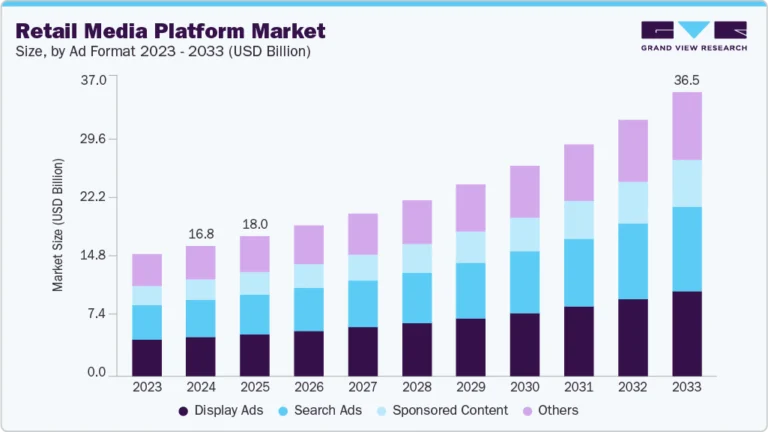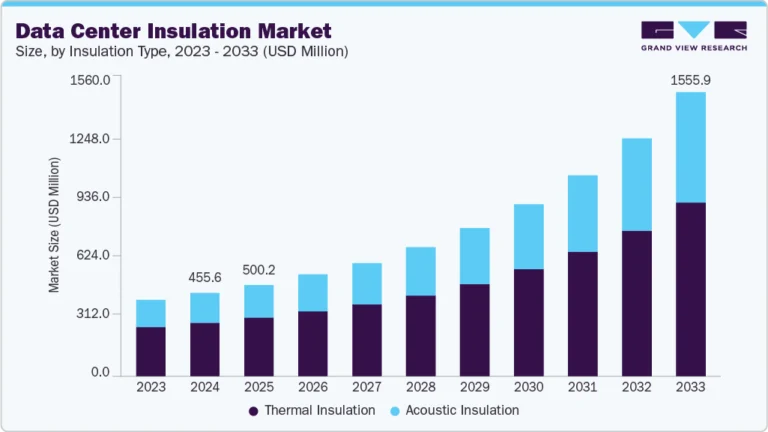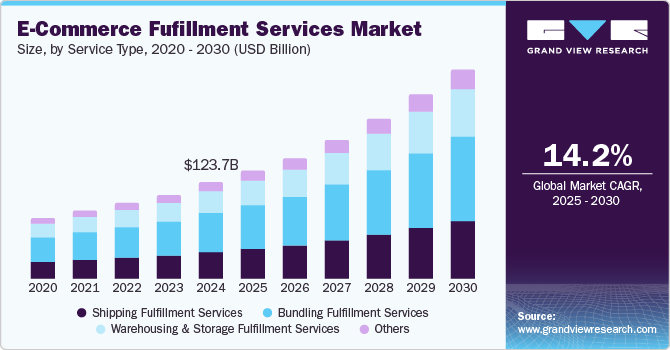Video Surveillance And VSaaS Market Size, Share & Trends Analysis growing at a CAGR of 12.5% from 2024 to 2030

The global video surveillance and VSaaS market size was valued at USD 64.61 billion in 2023 and is projected to grow at a CAGR of 12.5% from 2024 to 2030. The increasing security concerns in industries such as healthcare, transportation, retail, and other industries and rapid urbanization leading to the building of infrastructure, which requires advanced security solutions, are significant drivers attributing to the growth of video surveillance and the VSaaS market.
Request a free sample copy or view report summary: https://www.grandviewresearch.com/industry-analysis/video-surveillance-industry/request/rs1
The scalability offered by video surveillance-as-a-service to organizations allows them to scale up or down surveillance systems easily. Remote accessibility, cloud-based VSaaS provides remote access to surveillance footage, improving monitoring. Analytics & AI-based VSaaS solutions benefit from integrating analytics and AI, such as facial recognition, object detection, and others.
VSaaS is one of the fastest-growing verticals in the video surveillance market. Technology is advancing rapidly, security threats are increasing, and the demand for cost-effective, scalable video surveillance solutions is rising. Key trends boosting the market growth include Cloud VSaaS, one of the fastest-growing cloud-based software-as-a-service (SaaS) solutions. This is largely due to cloud-based solutions’ scalability benefits, remote access capabilities, and low infrastructure costs. Cloud-based software as a service provider offers end-to-end solutions that are easy to deploy and implement for businesses of all sizes.
Type Insights
The IP video surveillance systems segment accounted for the largest revenue share in 2023. Customers’ requirements for superior image quality, higher scalability, and flexibility drive the demand for IP video surveillance systems. IP cameras provide more apparent video footage in high definition compared to traditional analog systems, improving evidence collection and identification.
The hybrid video surveillance systems segment is anticipated to register the fastest CAGR over the forecast period. Hybrid systems combine traditional analog cameras with modern IP technology. This enables organizations to utilize their current infrastructure while upgrading digital capabilities. The increasing use of wireless and spy cameras in hybrid systems enhances covert surveillance services and flexibility, driving market growth.






